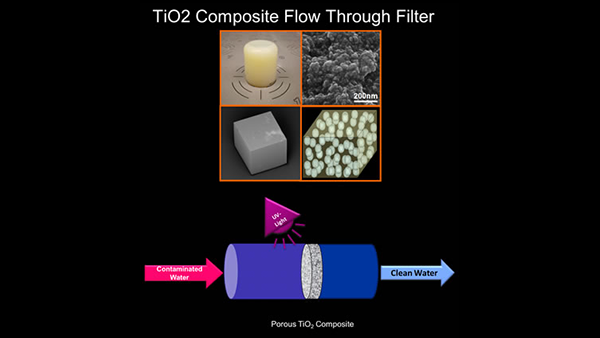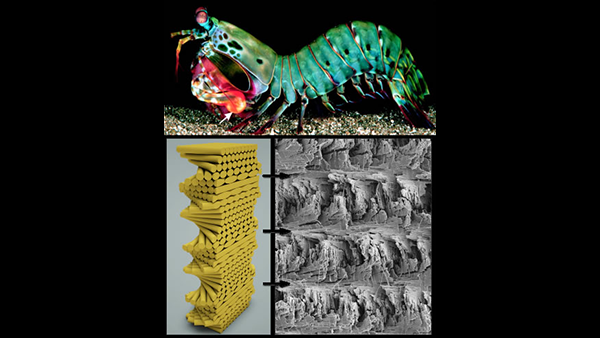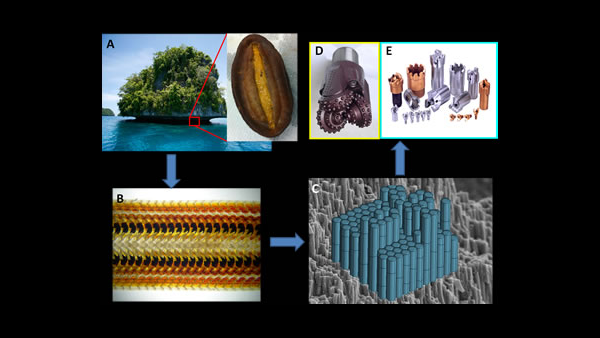Biomimetics & Nanostructured Materials Lab
The Kisailus Biomimetics and Nanostructured Materials Lab at UC Irvine is a multidisciplinary research group that leverages blueprints from biological structures and their synthesis pathways to develop advanced multifunctional materials.
A Hybridized Laboratory

R & D
diversity and inclusion
Dr. David Kisailus has a diverse background in chemical engineering, materials science, and molecular biology. His current research group includes 2 post-doctoral researchers, 7 graduate students, 15 undergraduate students and is highly interdisciplinary; Students come from a wide variety of backgrounds including Chemistry, Biology, Physics, Materials Science, and Aerospace Engineering.
the natural world
Biomimetics
News Highlights
Air Force awards $4 million research grant to UC Irvine materials scientists
New project explores use of microbes as mineral extractors in extreme environments
In recent years, researchers at UC Irvine and other institutions have studied the molecular mechanisms by which microbes survive in hyper-arid desert environments by taking mineral nutrients and water from rocks. The Air Force Office of Scientific Research has awarded a UCI materials science team $4 million for a three-year project to perfect the use of microscopic life-forms in the extraction of rare earth elements and as productive components in additive manufacturing systems.

Current reserach
Biologically Inspired Photocatalytically Active Membranes for Water Treatment

Structure-property relationships in an impact tolerant bio-composite

High Performance Abrasion-Resistant Materials: Lessons from Nature

